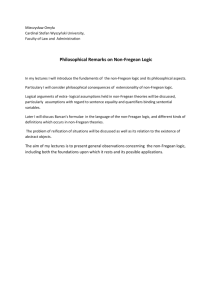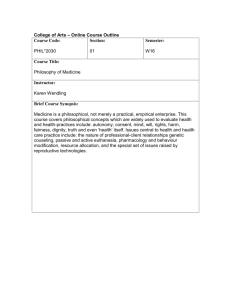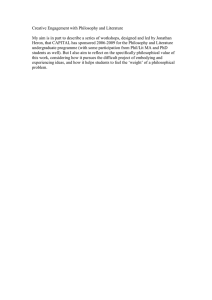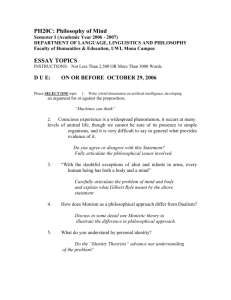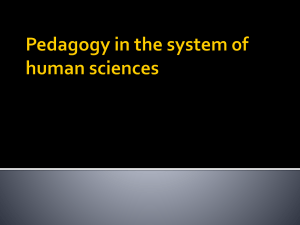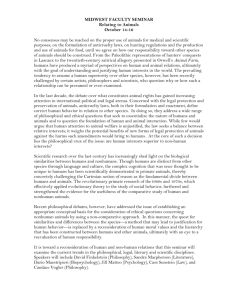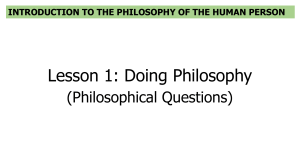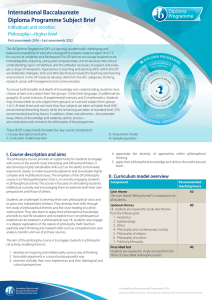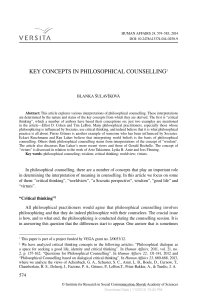Self-awareness handout
advertisement
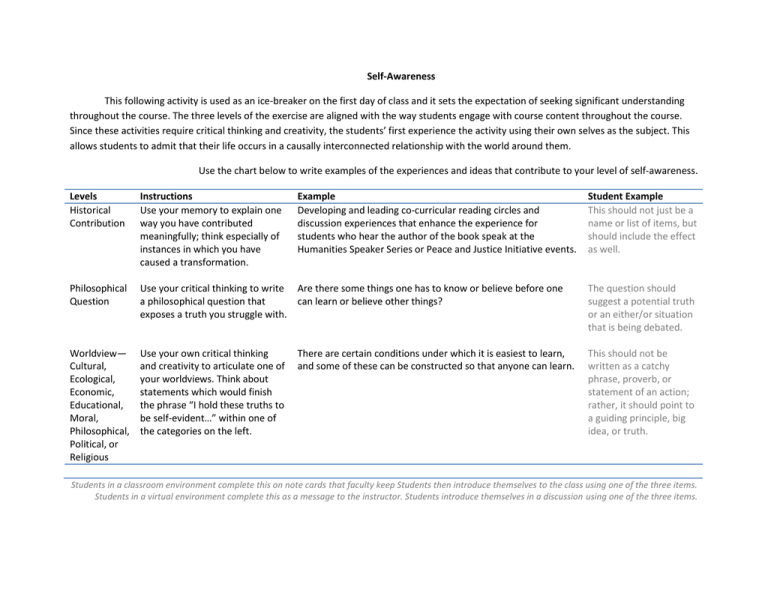
Self-Awareness This following activity is used as an ice-breaker on the first day of class and it sets the expectation of seeking significant understanding throughout the course. The three levels of the exercise are aligned with the way students engage with course content throughout the course. Since these activities require critical thinking and creativity, the students’ first experience the activity using their own selves as the subject. This allows students to admit that their life occurs in a causally interconnected relationship with the world around them. Use the chart below to write examples of the experiences and ideas that contribute to your level of self-awareness. Levels Historical Contribution Instructions Use your memory to explain one way you have contributed meaningfully; think especially of instances in which you have caused a transformation. Example Developing and leading co-curricular reading circles and discussion experiences that enhance the experience for students who hear the author of the book speak at the Humanities Speaker Series or Peace and Justice Initiative events. Philosophical Question Use your critical thinking to write Are there some things one has to know or believe before one a philosophical question that can learn or believe other things? exposes a truth you struggle with. The question should suggest a potential truth or an either/or situation that is being debated. Worldview— Cultural, Ecological, Economic, Educational, Moral, Philosophical, Political, or Religious Use your own critical thinking and creativity to articulate one of your worldviews. Think about statements which would finish the phrase “I hold these truths to be self-evident…” within one of the categories on the left. This should not be written as a catchy phrase, proverb, or statement of an action; rather, it should point to a guiding principle, big idea, or truth. There are certain conditions under which it is easiest to learn, and some of these can be constructed so that anyone can learn. Student Example This should not just be a name or list of items, but should include the effect as well. Students in a classroom environment complete this on note cards that faculty keep Students then introduce themselves to the class using one of the three items. Students in a virtual environment complete this as a message to the instructor. Students introduce themselves in a discussion using one of the three items.
